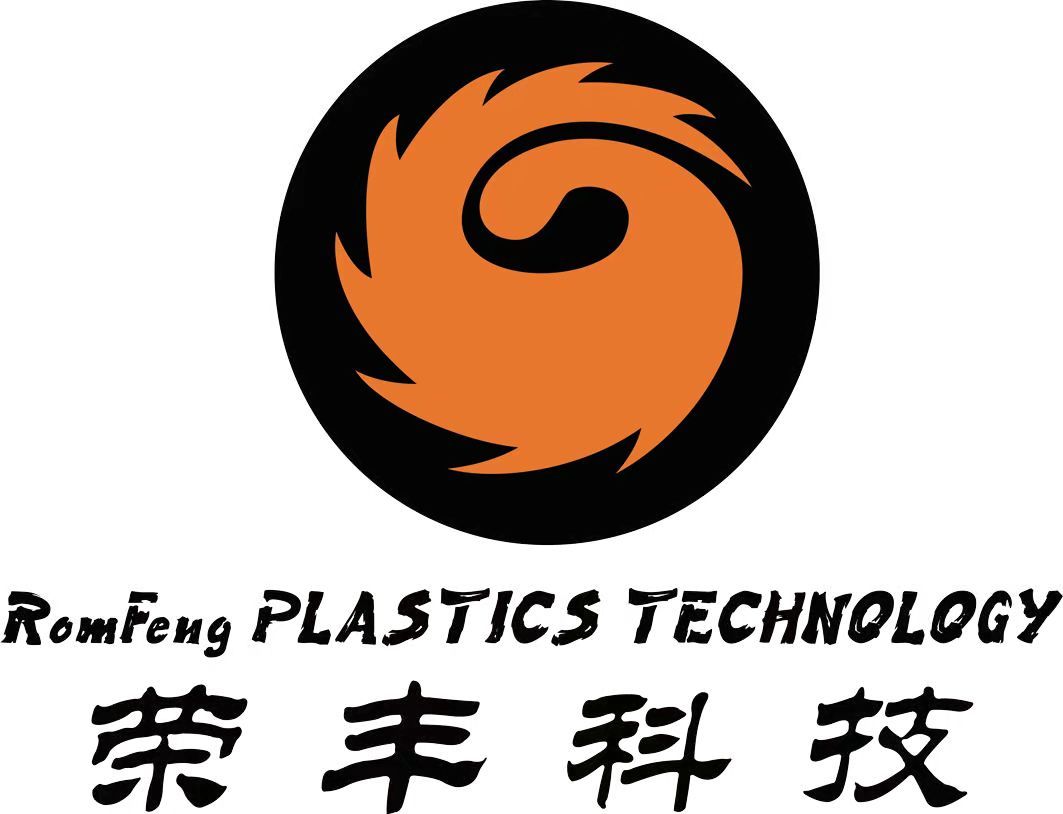PRODUCTS
120 ℃ -40 ℃ Hardness Shore D 45 TPE Car Dust Covers Special Elastic Material
Special Elastic TPE for Auto Dust Covers -40°C~120°C Shore D45 Industrial Grade
Learn More
PUR Modified Materials for Drag Chain Cables Outer Jackets
PUR Materials for Drag Chain Cables (V0 Grade)
Polyurethane (PUR), particularly thermally stable V0 flame-retardant grades, is a premium sheath material for demanding drag chain cables. Key advantages include:
Superior High-Flex Performance: Excellent recovery and resistance to micro-cracking, enabling millions of flex cycles even in tight radii.
Exceptional Abrasion & Cut Resistance: Outperforms PVC significantly, vital for harsh chain environments.
Wide Temperature Range: Typically -30°C to +90°C or better, maintaining flexibility in cold and resisting heat.
Excellent Resistance: Highly resistant to oils (hydraulic/mineral), fuels, solvents, and hydrolysis.
Halogen-Free V0 Flame Retardancy: Meets UL94 V0 standard (self-extinguishing, no flaming drops) while avoiding halogenated smoke/acid gases.
PUR V0 is the preferred choice for high-speed, high-flexibility, harsh-environment applications where longevity, safety (V0), and resistance are critical, despite its higher cost versus PVC.
Learn More
PVC Modified Materials for Drag Chain Cables
PVC (Polyvinyl Chloride) is a common jacket material for cables used in drag chains (energy chains), valued for its balance of properties and cost-effectiveness. Key advantages include:
Good Abrasion Resistance: Withstands constant movement and rubbing inside the chain.
Flexibility: Plasticizers allow sufficient bending for tight radii.
Chemical & Weather Resistance: Protects conductors from oils, coolants, light chemicals, and UV exposure.
Halogenated: Offers inherent flame retardancy.
Cost-Effective: Generally cheaper than alternatives like TPE/PUR.
However, standard PVC has limitations:
Stiffens at Low Temperatures: Can crack in very cold environments.
Limited High-Flex Cycles: Plasticizers can migrate out over time, causing hardening and cracking, making it less suitable for very high-flex or high-speed applications than PUR or TPE.
Temperature Range: Typically limited to -5°C to +70°C or -10°C to +80°C for chain-compatible formulations.
PVC is ideal for moderate-flex, cost-sensitive drag chain applications within its temperature limits.
Learn More
TPE Modified Materials for Drag Chain Cables Outer Jacket and Insulation
TPE modified materials, such as TPE-O, are specifically engineered for drag chain cables to deliver superior flexibility and longevity under high mechanical stress. Key characteristics include high alternating bending strength, halogen-free composition for safety, and resistance to oils, chemicals, UV radiation, ozone, and harsh environments like those with hydrogen sulfide or ammonia. These materials ensure low friction, tear resistance, and durability in drag chain systems for long-distance, multi-speed applications, with operational temperatures ranging from -40°C to +80°C.
Learn More
Thermoplastic Elastomers (TPEs) offer unique advantages for spring applications where traditional metal springs are unsuitable. Key benefits include:
Lightweight: Significantly lighter than metal springs.
Corrosion Resistance: Inherent resistance to moisture and many chemicals.
Design Flexibility: Easily molded into complex shapes and integrated during part assembly.
Quiet Operation: Dampen vibration and noise effectively.
Cost-Effective Processing: Efficient high-volume molding (injection, extrusion) reduces part cost.
Common TPE Types & Uses:
TPV (PP/EPDM): Excellent compression set resistance for seals & pads.
COPE (TPC-ET): High resilience & fatigue resistance for dynamic components.
TPU: Offers high abrasion resistance and load-bearing capacity.
SBC (TPS): Good low-temperature flexibility for simpler springs/dampers.
Limitations: Lower stiffness, temperature resistance (<120-170°C typically), and load capacity compared to metal. Best suited for low-to-medium force applications requiring specific properties like chemical resistance, quietness, or complex geometry.
Learn More
Custom Color Masterbatch for Silane XLPE Sheathing
Custom color masterbatches are concentrated pigment/additive formulations designed specifically for coloring Silane-crosslinkable Polyethylene (XLPE) used in cable sheathing. They must be compatible with the silane grafting and moisture-curing process. Key requirements include: excellent dispersion within the PE/EVA carrier resin, high thermal stability to withstand processing and curing temperatures (typically >90°C), very low moisture content to prevent premature crosslinking, and consistent color strength. They provide vibrant, uniform coloration while ensuring the final sheath maintains XLPE's critical properties: electrical insulation, weather resistance, flexibility, and mechanical durability. Masterbatches are tailored to exact shade requirements and comply with industry standards (e.g., RoHS, REACH).
Learn More
ABS Color Masterbatch Neon Colors High Gloss
ABS High Gloss Color Masterbatch is a concentrated blend of premium pigments, additives, and ABS resin, engineered to deliver vivid, consistent colors with an exceptional mirror-like finish. Ideal for injection molding and extrusion, it enhances product aesthetics by providing superior surface smoothness, scratch resistance, and UV stability. Key benefits include easy dispersion, reduced processing time, and minimized waste. Applications span automotive interiors, consumer electronics, home appliances, and premium packaging, where visual appeal is critical. This masterbatch ensures uniform color distribution, eliminates streaks, and maintains high gloss even under thermal stress. A cost-effective solution for elevating ABS plastic products with durable, high-end visual quality.
Learn More
PVC (Polyvinyl Chloride) is extensively modified for durable, high-performance dog leashes. Key modifications include:
Plasticizers: Essential for achieving the necessary flexibility and soft feel (e.g., non-phthalate DINP/DPHP for safety compliance).
Stabilizers: Prevent degradation during processing and enhance long-term resistance to UV light, heat, and weather exposure (critical for outdoor use).
Fillers: Improve abrasion resistance, stiffness control, and reduce costs (e.g., calcium carbonate).
Impact Modifiers: Enhance toughness and durability to withstand pulling and chewing.
Pigments: Provide vibrant, fade-resistant colors.
These modifications create leashes offering excellent tensile strength, weather resistance, easy cleaning, comfortable grip, and tailored stiffness/flexibility, ensuring safety, longevity, and compliance with pet product regulations (e.g., FDA, REACH).
Learn More
FEP ETFE Color Masterbatch for Wires and Cables
FEP and ETFE color masterbatches are essential for wire and cable insulation, offering high-temperature resistance, superior electrical properties, and chemical inertness to withstand demanding environments like industrial and automotive applications. Key requirements include tailoring formulations to specific insulation needs, such as heat endurance and processing dynamics, ensuring pigments maintain performance under extreme conditions without degradation. FEP features a melting point around 304°C and density of 2.15 g/cc, while ETFE operates effectively from -65°C to 150°C with high tensile strength and low flammability for enhanced safety. Advanced masterbatches integrate colorants with additives in a single concentrate, streamlining production by reducing steps and equipment downtime while achieving vivid, durable hues.
Learn More
PVC Color Masterbatch for Sandals
PVC Color Masterbatch for Sandals
PVC color masterbatches are concentrated pigments and additives pre-dispersed in a PVC carrier resin. Specifically designed for injection-molded or compression-molded sandals, they offer significant advantages:
Consistency & Efficiency: Ensure uniform, vibrant color throughout production runs, eliminating messy powder handling and reducing mixing errors/time.
Performance Tailored: Formulations prioritize flexibility, durability, UV resistance (critical for outdoor wear), and processing stability common to footwear PVC.
Dispersion: Superior pigment dispersion minimizes streaks and specks, providing excellent visual quality for sandal uppers and soles.
Safety Compliance: Masterbatches used meet relevant safety standards (like REACH) for skin contact and consumer goods.
Learn More
Silane XLPE XLPO Materials for Solar PV1-F Cables Insulation
Silane-crosslinked polyethylene (XLPE) and crosslinked polyolefin (XLPO) are advanced insulation materials widely used in solar PV1-F cables. These materials offer excellent thermal stability (up to 120°C), UV resistance, and mechanical strength for photovoltaic applications. The silane crosslinking process enhances dielectric properties while maintaining flexibility. Compared to conventional PVC, XLPE/XLPO provides 2-3 times longer service life with better moisture and chemical resistance. Their low smoke emission and halogen-free composition meet IEC 62930 standards for fire safety. These lightweight materials reduce cable weight by 15-20% versus rubber insulation, lowering installation costs. Their superior weatherability ensures reliable performance in harsh outdoor environments for 25+ years.
Learn More






